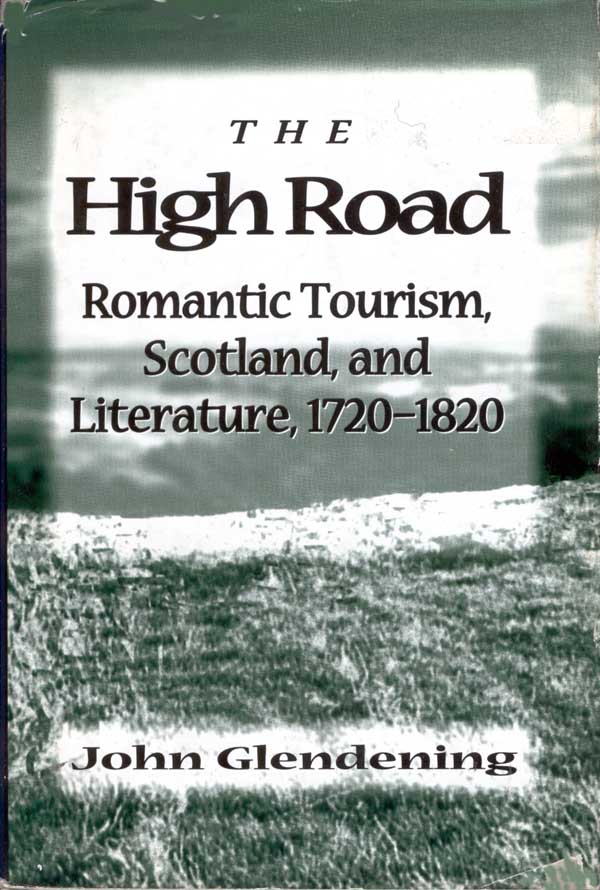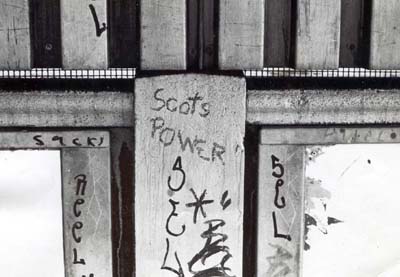|
OFF THE BEATEN TRACK The Alloa Tower Alloa, in Clackmannanshire is home to the Alloa tower, was completed in 1497, and is one of the largest medieval towers still to be found. The tower is located in the center of Alloa. The tower has a beautiful Italianate staircase which visitors ascend to a number of fascinating rooms. A huge vaulted room with oak roof beams is found at the top of the tower. One can also get a stunning view of the surrounding countryside from the top of the tower. The tower is the ancestral home of the Erskine family, the Earls of Mar and Kellie. The Erskines were the custodians of the you Mary, Queen of Scots. John Erskine, he 1st Earl of Mar (c. 1510-77) was regent of Scotland. The 6th Earl of Mar (also John 1645-1733), was involved in the Jacobite uprising of 1715.
The Tower, managed by the National Trust for Scotland, was restored over an 8 year period and opened its doors to the public in 1997.by the Queen on its 500th anniversary. Click to see some photos of the Alloa Tower Slide Show
BOOK REVIEW

The High Road: Romantic Tourism, Scotland and Literature 1720-1820 by John Glendening This fascinating book deals with how tourism arose in England in the Romantic period led to the changing perception of Scotland. The English middle classes with more disposal income began to travel to see "the other" - that is people "unlike" themselves. Scotland was constructed as the "other" by and for the English, but not the other as it was, but as "the other" which the English wanted to see it in a very "Romantic" way. Scotland was "formulated and reformulated in response to English needs". The book examines four literary tours produced for Georgian audiences by the English authors, Daniel Defoe, William Johnson, William and Dorothy Wodsworth, and John Keats. The books discuss the ways in which Scotland is romanticized and focuses on the problems of the Lowlanders' desire to be seen as separate from England and the embracing of the Highlands, long regarded by the lowlander literati as a crude, poor and linguistically impoverished place, became the site of pure Scottish culture - a posture which lead to the acceptance initially of Macpherson's faked Ossian texts. The book is well researched and does much to help understand the "image" of Scotland that has become popular in the world today. It is well worth a look! LANGUAGE AND PLACE NAMES Scotland is a country in which many languages have had an impact on its place names. Celtic, a major language family within the Indo-European language phylum has many varieties of which Gaelic is one. But even within Gaelic there is variation. Place names often reflect languages which were spoken by people who occupied the land in the past. For example, in America, many place names are from American Indian languages. Schenectady, the city in upstate New York derives from a Mohawk word meaning "On the other side of the pine trees". In Scotland, Gaelic, Norse, and English are the dominant languages. Found in place names. Names with "dale" are Norse, meaning "valley" (compare German Tal). The mouth of a river in Celtic may be Aber or Inver depending on the language. Aberdeen and Inverness are two places that show these two forms. In coming issues we will discuss some of the forms that occur in various place names, what their form is, what they mean and give some examples of places which have incorporated these forms into their names. |
